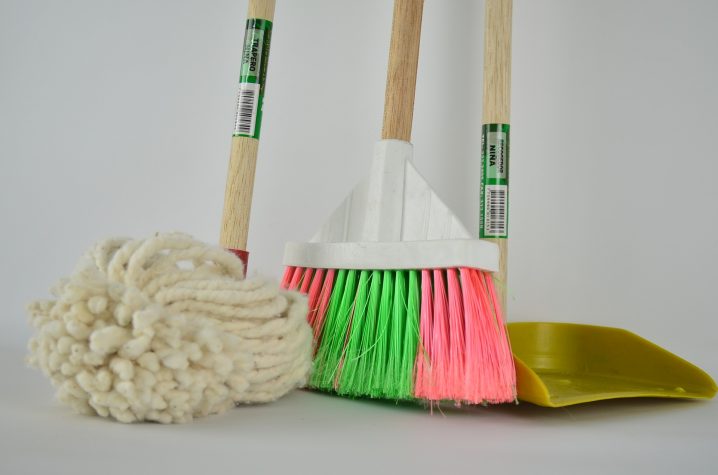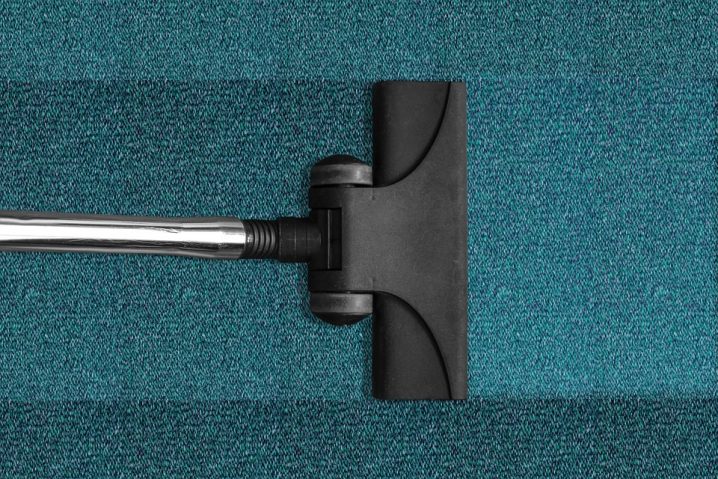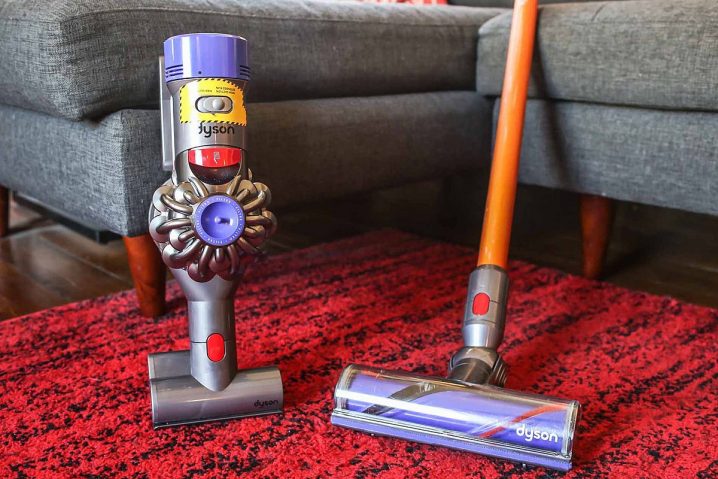Vacuum cleaners go a long way, all the way to 1868 when Ives W. McGaffey designed the first vacuum cleaner. Of course, this machine (named Whirlwind) was very different from the vacuums we use today, but it did inspire future generations to pursue his dream of creating an easy to use and convenient debris collector!
How Did We Get Here?

Whirlwind, the vacuum we mentioned in our introduction, was a failure. It was bulky, heavy, and expensive. For the majority of the population, it was still much more useful to use a good old broom.
Some experimented with gasoline vacuums, although these devices weren’t really vacuums (they were more like blowers!)
Puffing Billy was a major technological breakthrough in the world of vacuum cleaners. It was 1901, and the oil was still the go-to power source, which is why Hubert Cecil Booth, the designer of Puffing Billy, first used the oil engine. However, he quickly switched to electricity, seeing that it would be more efficient, cleaner and convenient.
But, the most significant breakthrough occurred in 1907, when a janitor by the name of James Murray Spangler designed the first portable electric vacuum cleaner.
Poor Spangler struggled with asthma, and since brooming would only worsen his condition, he developed a simple electric-powered vacuum.
He wasn’t much of a business owner, but his cousin’s husband (William Hoover) was! History remembers Hoover, not Spangler, and that’s okay. Hoover took vacuum cleaners to another level and helped create vacuums as we know them today.
Vacuum Cleaner Types

There are various types of vacuum cleaners, but the most common ones are:
- Handheld
As the name implies, handheld vacuums are held in hand, which is why they need to be lightweight and compact. Such vacuums are perfect for cleaning furniture, upholstery, vehicles and those pesky hard to reach areas. Naturally, these vacuums are terrible at cleaning large surfaces, such as ceilings or floors.
- Upright
Americans (in particular) love upright vacuums. They are easy to use, maneuverable and perfect for vacuuming floors and carpets. You’ll generally see these vacuums in commercials and movies due to their mass production and popularity.
These vacuums generally offer an enormous amount of suction power and boast various attachments that serve different purposes. The problem with these vacuums is that they tend to be bulky and heavy, which makes them tricky to use in tight spaces.
- Canister
Canister vacuums, as the name implies, have a dedicated canister that stores debris (once it is vacuumed.) Such vacuum cleaners are a balance between stick and upright vacuums, for they have a long vacuuming wand, as well as enough power to meet everyday household needs.
These vacuums tend to be very expensive, due to their advanced design, capacity to store a significant amount of debris, and the ability to adapt to all surfaces. The problem is, you will have to drag that cannister alongside you, which can be inconvenient when you are cleaning stairs.
- Stick
Stick vacuums are an excellent choice for cluttered spaces, small apartments and hard to reach areas. Depending on the vacuum, most stick vacuums can also transform into a handheld vacuum, which makes them very appealing to many customers.
These vacuums are also easy to store, especially if they are cordless. They do, however, have less power than upright and canister vacuums, but are much more convenient and maneuverable.
- Robovacuums
Robotic vacuum cleaners (or robovacuums) are modern, stylish and sleek. They are novel and still quite expensive, and they still don’t have enough power and strength to kick every other vacuum out of the market.
Most people buy these vacuums for maintaining cleanliness, not achieving it. They feature smart sensors, app compatibility, smart navigation, automatic recharging, and many other high-tech features.
What Is An Ideal Vacuum For Modern Home?

There’s no such thing as an ideal vacuum cleaner. However, there are things you can consider to make your selection near-perfect. These things are:
- Vacuum Type – Go through the list above and see which type of vacuum would fit your needs the most. If your home is cluttered and your space narrow, go for the stick vacuum. If you need a vacuum for cleaning furniture or car, try a handheld model (and so forth.)
- Design/Design – Match the design of your vacuum with the design of your home. Consider it’s dimensions, shape, colors, etc.
- Features – Consider things such as battery life (if your vacuum is cordless), noise levels, operating modes, attachments, etc. Generally speaking, feature-rich vacuums will cost more than those without special bells and whistles.
- DYOR – Do your own research! Upon deciding on the type of vacuum, you would want to have, go ahead and determine the brand. Also, try to read many comparison articles if you can’t decide which Dyson vacuum should you buy, read Dyson vacuum comparison.



